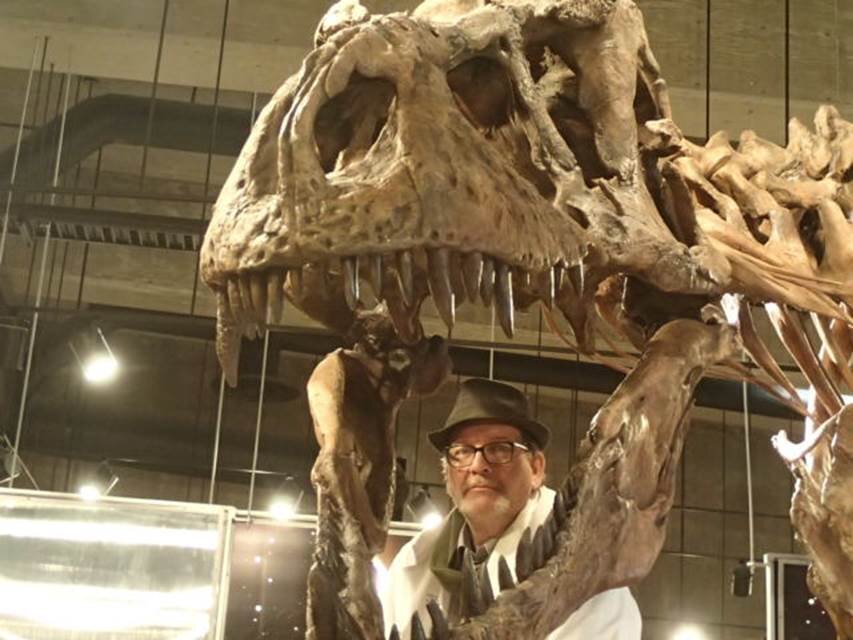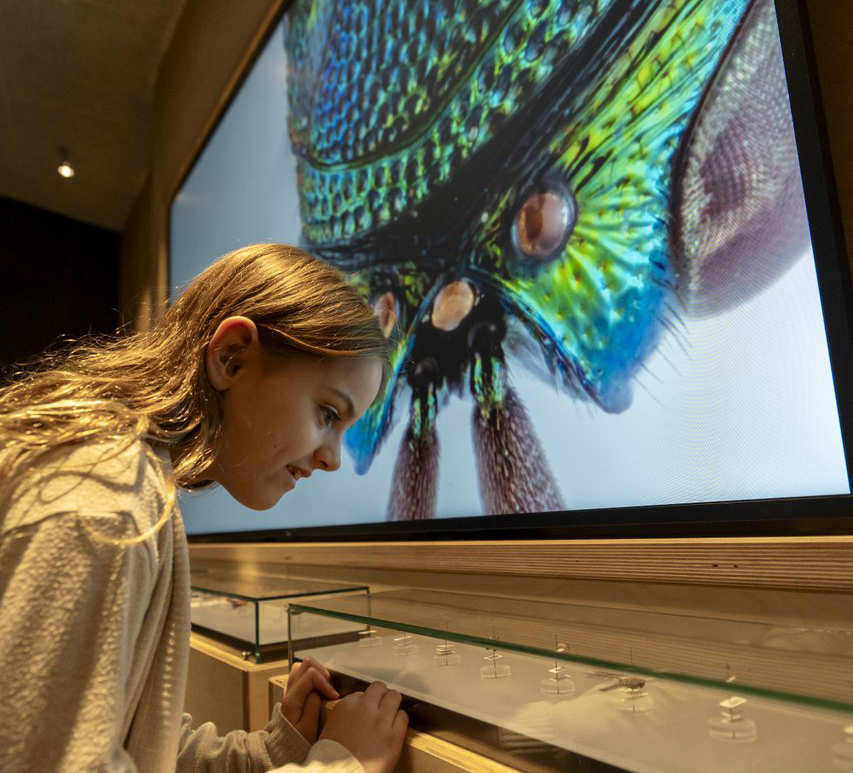
I can’t imagine which to choose. We have chosen seven creatures from Saskatchewan’s past to be a symbol of our natural heritage. Do we set up some kind of competition of assumed strength, measuring their adaptability, over vast periods of geological time? Would an arm wrestle among the giants settle the question, knowing full well that T. rex had strong, but diminutive arms? Do we dump a list of all their pros and cons into a computer to weigh and measure their worth as seen in subsequent digital battle of the giants? I don’t know.
I may have some biases here, for I have collected and promoted most of the chosen seven critters; Scotty the T. rex, the large crocodile from Carrot River known colloquially as Big Bert, both plesiosaurs, respectively from Herschel, and Ponteix. The others I have promoted in one way or another in the past; the Thescelosaurus from near Eastend, the mammoth from Kyle, and the Brontothere from near Eastend as well. The animals cross all sorts of boundary’s, real and imagined. The plesiosaurs were likely some of the last of their kind some 72 or so million years ago, before the drying up of the western interior seas. The Carrot River crocodile began the last environmental shift in the western interior seas, some 95 million years ago. The T. rex and thescelosaur occupied the last geological moments before the global re-shuffling of the cards 65 million years ago. The brontothere is likely of a species that was the last of their kind, some 37 million years ago placing their bets on an environment that was soon to change too fast. The same could be said of the mammoth, of some 15,000 years ago. They are a symbol of our current geography frozen like a near global Popsicle.
Each is an icon of their own merit. What could be said collectively however is that their extinction was inevitable, for the evolution of life depends, in part, that extinction of life allows opportunities and challenges to the remaining faunas and floras. What we also did in creating this roster of Saskatchewan’s past is recognizing that the majority of these fossils (all except the brontothere, T. rex and mammoth) are species so unique that they represented new species, never before seen in the rock record. And, where they were not determined to be new – T. rex, and Carrot River crocodile – they were either the best preserved of their kind in the world, or nearly so.
So, it is hard for me to choose. Each of these species carries not only the story they hold, their lives in the geological past, but human stories, of when they were first discovered, collected, prepared, and later identified. I am familiar with all of these stories and my first response is that we do have these stories from Saskatchewan, to which we all should be proud of, and curious about, for it’s this curiosity that will lead to the next untold story.

